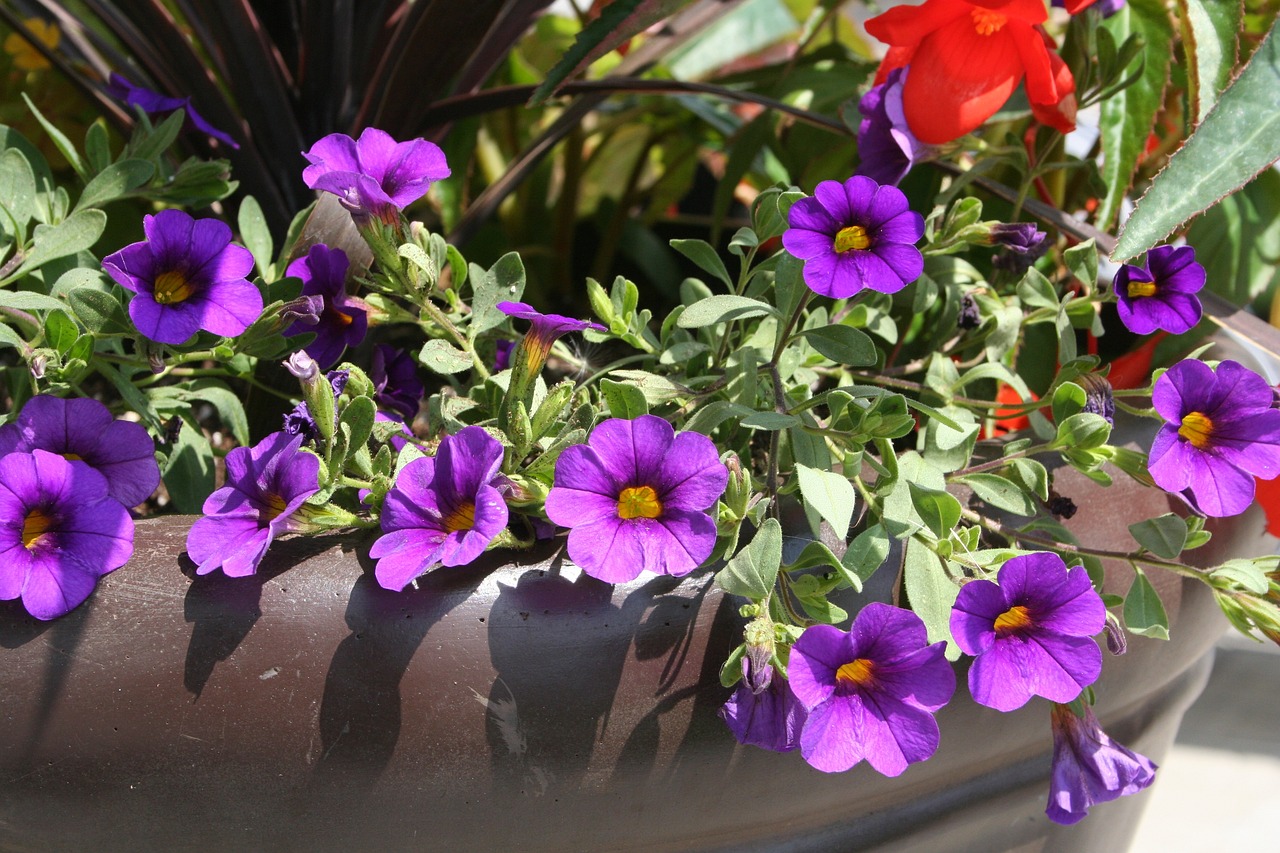
Setting up a cut flower garden in pots allows you to bring the beauty of nature to your porch, balcony, or even a sunny window sill. In this comprehensive guide, we will walk you through the steps of creating a stunning cut flower garden in pots. From selecting the right containers and soil to choosing the perfect flowers and providing proper care, you’ll be well-equipped to create a flourishing garden that will bring joy and color to your home.
Planning Your Potted Cut Flower Garden
Before diving headfirst into seed packets and colorful pots, a little planning goes a long way. Here’s what to consider:
1. Sunlight: Most cut flowers thrive in at least 6-8 hours of direct sunlight daily. Observe your space throughout the day to identify areas that receive adequate sunlight, especially during the hottest part of the day.
2. Pot Selection: Choose containers with drainage holes to prevent waterlogging, which can damage your plants. Opt for larger pots (at least 12 inches deep) for taller flowers like sunflowers and zinnias, while smaller containers can accommodate shorter varieties like cosmos and marigolds. Clay pots offer excellent drainage, while plastic pots retain moisture better, allowing you to choose based on your watering habits and climate.
3. Picking Your Palette: Research cut flower varieties that flourish in your climate and growing zone. Consider factors like bloom time, flower size, and stem length when choosing your floral companions. Popular choices for containers include cosmos, zinnias, snapdragons, sunflowers, marigolds, and dahlias.
4. Deciding Between Seeds or Seedlings: Starting from seeds allows for more variety and cost-effectiveness, but requires more patience and care. Seedlings offer a quicker path to blooms, but selection might be limited at local nurseries.
Setting the Stage for Success
1. Choosing the Right Potting Mix: Opt for a well-draining, high-quality potting mix specifically formulated for container gardens. These mixes are usually lightweight and enriched with nutrients to support healthy plant growth. Avoid using garden soil directly, as it can be dense and retain too much moisture.
2. Filling Your Pots: Add a layer of gravel or broken pottery shards to the bottom of your pot to improve drainage. Fill the pot with potting mix, leaving about an inch of space at the top.
3. Planting: Follow the specific planting instructions for your chosen seeds or seedlings. Generally, sow seeds directly into the potting mix, following the recommended spacing on the seed packet. For seedlings, gently loosen the root ball and plant it at the same depth it was growing in the nursery pot.
4. Watering Wisely: Water your newly planted seeds or seedlings thoroughly, but avoid creating puddles. As your plants establish, water deeply and regularly, allowing the top inch of soil to dry slightly between waterings.
5. Providing Support (Optional): Some taller cut flower varieties, like sunflowers and dahlias, may benefit from staking or caging to prevent them from toppling over.
Cultivating Your Cut Flower Oasis
1. Sunlight Matters: Ensure your potted flowers receive their daily dose of sunshine. Rotate your pots regularly to encourage even growth, especially if they are positioned against a wall or fence.
2. Fertilizing: During the growing season, feed your plants with a balanced liquid fertilizer every two to three weeks, following the product’s instructions.
3. Deadheading: Regularly remove spent blooms by cutting them just below the flower head. This encourages the plant to produce more flowers and maintains the overall appearance of your container garden.
4. Pest Patrol: Keep an eye out for common garden pests like aphids, mites, and slugs. Use organic methods like insecticidal soap or neem oil to control them if necessary.
5. Enjoy the Harvest! Once your flowers reach their peak bloom, cut them using sharp pruners or scissors. Make your cuts at an angle, just below a node (the bump where a leaf meets the stem). This allows the plant to continue producing more blooms.
